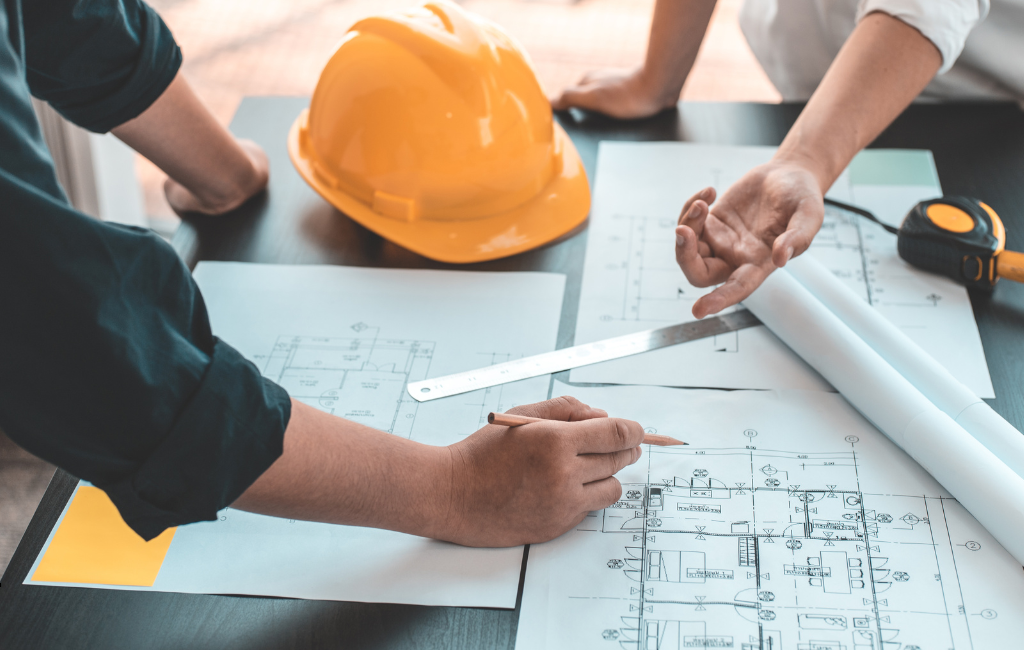Top Architect Skills to Master
Architecture is a field that blends creativity with technical expertise. As the world continues to evolve, architects must adapt and refine their skills to meet new challenges. This article explores the top skills that architects should master to excel in their profession.
Creative Vision and Design
Architects are often seen as artists of the built environment. A strong creative vision is necessary to conceptualize innovative designs that are both functional and aesthetically pleasing.
- Imagination: The ability to envision unique structures and spaces.
- Artistic Skills: Proficiency in drawing and sketching to communicate ideas effectively.
- Attention to Detail: Ensuring every element of a design is meticulously planned.
Case Study: Frank Gehry’s Guggenheim Museum
Frank Gehry’s design for the Guggenheim Museum in Bilbao is a prime example of creative vision. The museum’s unique, flowing forms have made it an iconic piece of modern architecture, attracting millions of visitors and revitalizing the city.
Technical Proficiency
While creativity is important, technical skills are equally necessary. Architects must understand the principles of engineering and construction to bring their designs to life.
- Structural Knowledge: Understanding how buildings stand and withstand various forces.
- Material Science: Knowing the properties and uses of different building materials.
- Building Codes and Regulations: Familiarity with legal requirements and safety standards.
Example: The Burj Khalifa
The Burj Khalifa in Dubai stands as the tallest building in the world. Its construction required advanced technical knowledge, including wind engineering and innovative use of materials, to achieve its record-breaking height.
Communication Skills
Effective communication is key in architecture, as architects must convey their ideas to clients, engineers, and construction teams.
- Verbal Communication: Clearly explaining concepts and designs.
- Written Communication: Crafting detailed reports and proposals.
- Visual Communication: Using models and digital tools to present ideas.
Statistics: The Role of Communication
A study by the American Institute of Architects found that 85% of successful projects were attributed to clear communication between all parties involved.
Project Management
Architects often oversee projects from conception to completion. Strong project management skills are necessary to ensure projects are delivered on time and within budget.
- Time Management: Prioritizing tasks and meeting deadlines.
- Budgeting: Managing financial resources effectively.
- Team Leadership: Coordinating with various professionals and stakeholders.
Example: The Sydney Opera House
The construction of the Sydney Opera House faced numerous challenges, including budget overruns and delays. Effective project management was crucial in overcoming these obstacles and completing the iconic structure.
Sustainability and Environmental Awareness
With growing concerns about climate change, architects must prioritize sustainable design practices. This involves creating energy-efficient buildings that minimize environmental impact.
- Green Building Techniques: Implementing eco-friendly materials and technologies.
- Energy Efficiency: Designing buildings that reduce energy consumption.
- Environmental Impact Assessment: Evaluating the ecological effects of a project.
Case Study: The Edge in Amsterdam
The Edge, an office building in Amsterdam, is considered one of the greenest buildings in the world. It uses smart technology to optimize energy use, demonstrating the importance of sustainability in modern architecture.
Technological Proficiency
The rise of digital tools has transformed the field of architecture. Architects must be proficient in various software to enhance their design and planning processes.
- Computer-Aided Design (CAD): Creating precise digital models of structures.
- Building Information Modeling (BIM): Managing project data and collaboration.
- Virtual Reality (VR): Using immersive technology to visualize designs.
Statistics: Technology in Architecture
According to a report by Dodge Data & Analytics, 70% of architects use BIM software, highlighting its significance in the industry.
Problem-Solving Skills
Architects often face unexpected challenges during a project. Strong problem-solving skills are necessary to address these issues effectively.
- Analytical Thinking: Evaluating complex situations and finding solutions.
- Creativity in Problem Solving: Thinking outside traditional methods.
- Adaptability: Adjusting plans in response to unforeseen circumstances.
Example: The Millennium Bridge
The Millennium Bridge in London experienced unexpected swaying upon opening. Engineers and architects collaborated to find a solution, installing dampers to stabilize the structure.
Cultural and Historical Awareness
Understanding the cultural and historical context of a site is important for architects. This knowledge informs design decisions and ensures that new structures respect their surroundings.
- Cultural Sensitivity: Designing buildings that reflect local traditions and values.
- Historical Research: Incorporating historical elements into modern designs.
- Contextual Design: Ensuring new structures complement their environment.
Case Study: The Louvre Pyramid
The Louvre Pyramid in Paris, designed by I.M. Pei, faced initial criticism for its modern design. However, its integration with the historic museum has since been celebrated as a successful blend of old and new.
Conclusion
Mastering these skills can significantly enhance an architect’s ability to create impactful and enduring structures. From creative vision to technical proficiency, each skill plays a vital role in the success of architectural projects. As the field continues to evolve, architects who embrace these skills will be well-equipped to shape the future of our built environment.
